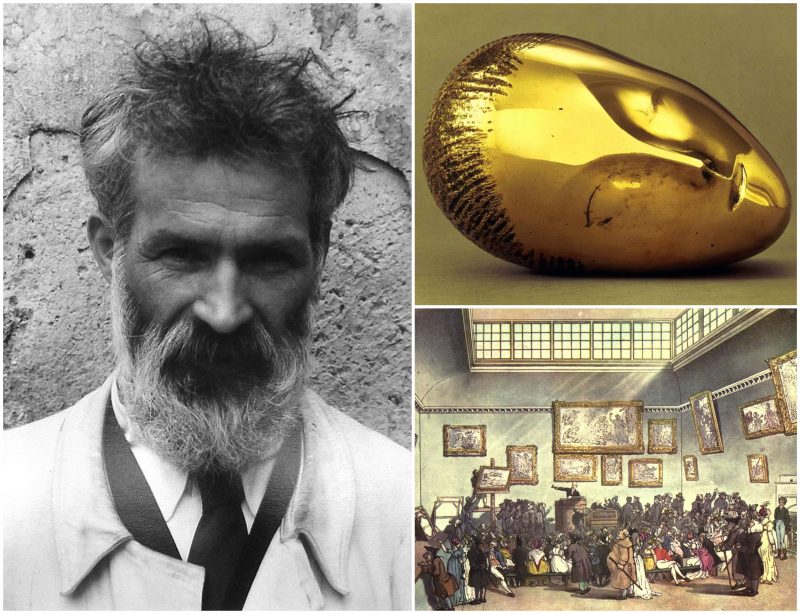A slow-moving auction on a calm Monday evening suddenly went berserk when a Brâncuși sculpture was brought up: Lot 32 of the modernist works, to be exact. A bronze female head, sculpted by famed Romanian artist Constantin Brâncuși, sold for a staggering $57.4 million.
The sculpture was sold after nine heated minutes of bidding from at least five competing bidders at Christie’s Auction House, hands on the phones and all. Acclaimed French collector Jacques Ulmann acquired the extremely valuable sculpture in the 1950s, and it has remained among his family’s most valuable possessions—until now.
The Impressionist and Modern Art Evening Sale successfully kicked off in the middle of May in New York City. It raised $289.2 million, with 78 percent of the 55 lots sold, a good 104 percent increase on the corresponding sale in 2016.

It was the most success the Impressionist and Modern Evening Sale auction has seen since 2010, as solid a sell-through rate for a Post-War and Contemporary Evening Sale in a whole decade. However, it is unclear how the art market will respond in the present economy.
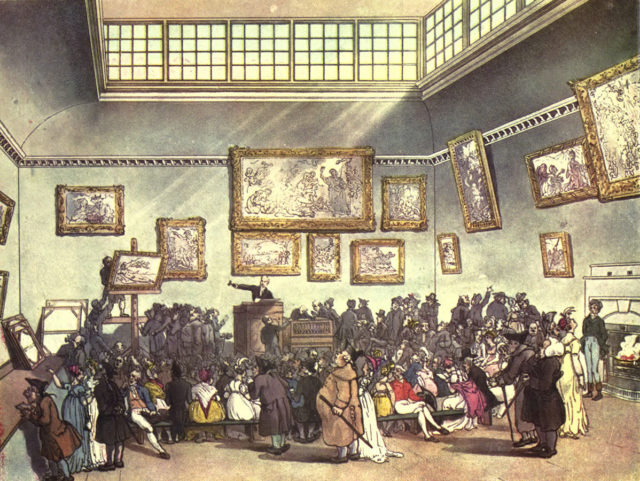
“It was a fantastic piece,” Nicholas Maclean, an art dealer, told The New York Times. “It’s one of the great subjects, was an early cast and was in extraordinary condition. They just never come up for sale.”
Once the bidders recognized the Brâncuși egg-shaped sculpture, chaos ensued. The auction house expected the Sleeping Muse to fetch a “modest’ $25 million to $35 million, but it was promptly offered a guaranteed minimum price by a Parisian collector who wished to stay anonymous.
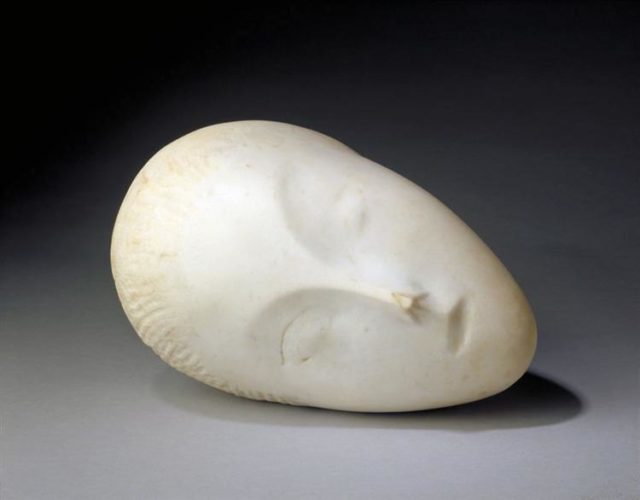
The oval sculpture, whose smooth facial features exhibited Brâncuși’s minimalistic approach, was one of six bronze versions. It was originally carved from marble to resemble Baroness Renée Irana Franchon, who posed as a model.
Four bronze versions remain today and are housed in the Metropolitan Museum of Art in New York, the Art Institute of Chicago, and one each in the Musée National d’Art Moderne and the Centre Georges Pompidou in Paris.
The Romanian-born artist was widely considered to be a pioneering giant of modernism and a highly influential sculptor of the 20th century. The stone version is now located in the Hirshhorn Museum and Sculpture Garden in Washington, D.C.
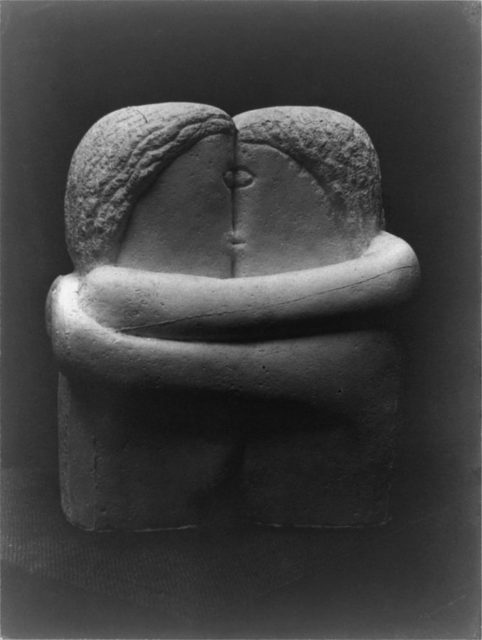
As a child, Brâncuși was fond of carving wooden farm tools and displayed an exceptional aptitude. Formal studies took the aspiring sculptor to pursue his studies in Bucharest, then to Munich, and finally to the École des Beaux-Arts in Paris from 1905 to 1907.
He sought inspiration from Eastern, African, and Oceanic cultures, as sources of some form of “primitive exoticism,” as did Paul Gauguin, Pablo Picasso, André Derain, and other key figures from the period. But, it should be noted, Brâncuși’s influences also emerged from Romanian folklore, traceable through Byzantine and Dionysian traditions, flawlessly channeled through the art of sculpting.
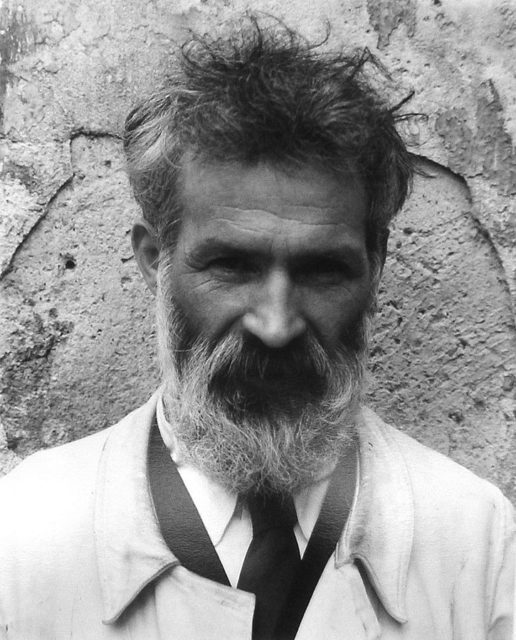
He had just arrived in Paris in 1904 at the ambition-filled age of 28, and he was in his early 30s when Brâncuși conceived the idea of the groundbreaking sculpture. La Muse Endormie is the first in Brâncuși’s series of oval sculptures, marking the beginning of the sculptor’s distinct opus and the inception of a more abstract approach.
It counts as an important achievement, one which paved the way for a fresh, new sculptural language in 20th-century expressionism: A bold representation of intense purification of exaggerated form and relentless emotional resonance.
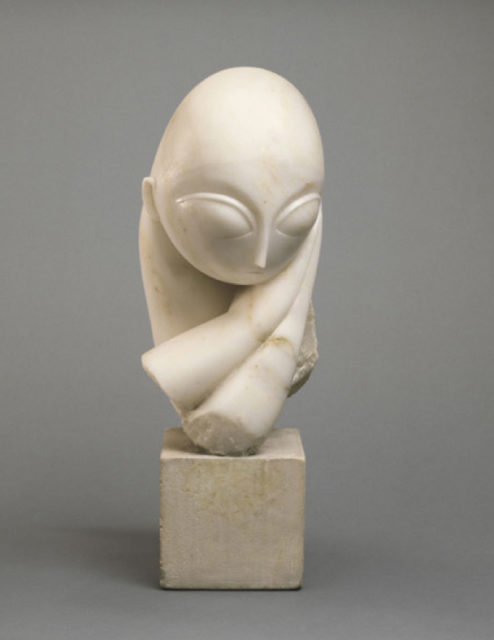
During his early stay in Paris between 1906 and 1908, the Romanian artist had been fascinated by the artistic theme of sleep. He got to work quickly, sculpting heads of women and children in the naturalistic style he adopted from studying in Auguste Rodin’s studio.
Of course, Brâncuși emphasized smooth, geometrical lines, with a stable balance through the forms in his sculptures. But the most important essence was his sense for symbolic allusion—his very own staple in modernist sculpting.
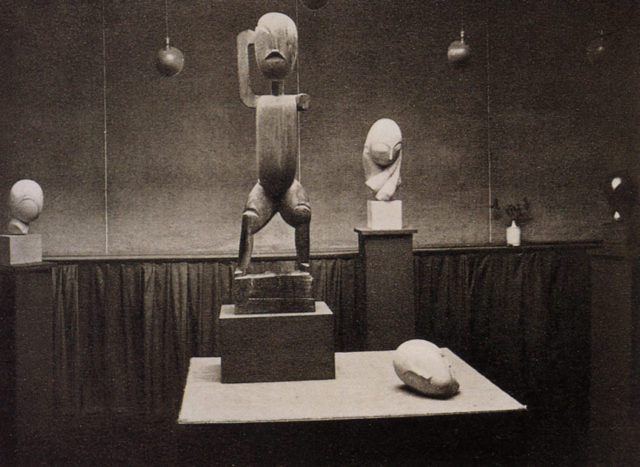
With a record-breaking $57 million, the bronze sculpture from 1913, La Muse Endormie, has set a new high for Brâncuși’s work. Other highlights of the Monday night auction were Chagall’s “Les Trois Cierges,” and Claude Monet’s “La Route de Vétheuil,” as well as Picasso’s 1939 painting “Femme Assise, Robe Bleue,” a portrait of his muse, Dora Maar.
It was the second-highest price for an artwork sold that night: $45 million. Picasso’s painting was also expected to receive a low bid estimate of $39 million, but it quickly went up a notch, to nobody’s surprise. It was painted on October 25, 1939—the artist’s 58th birthday.
